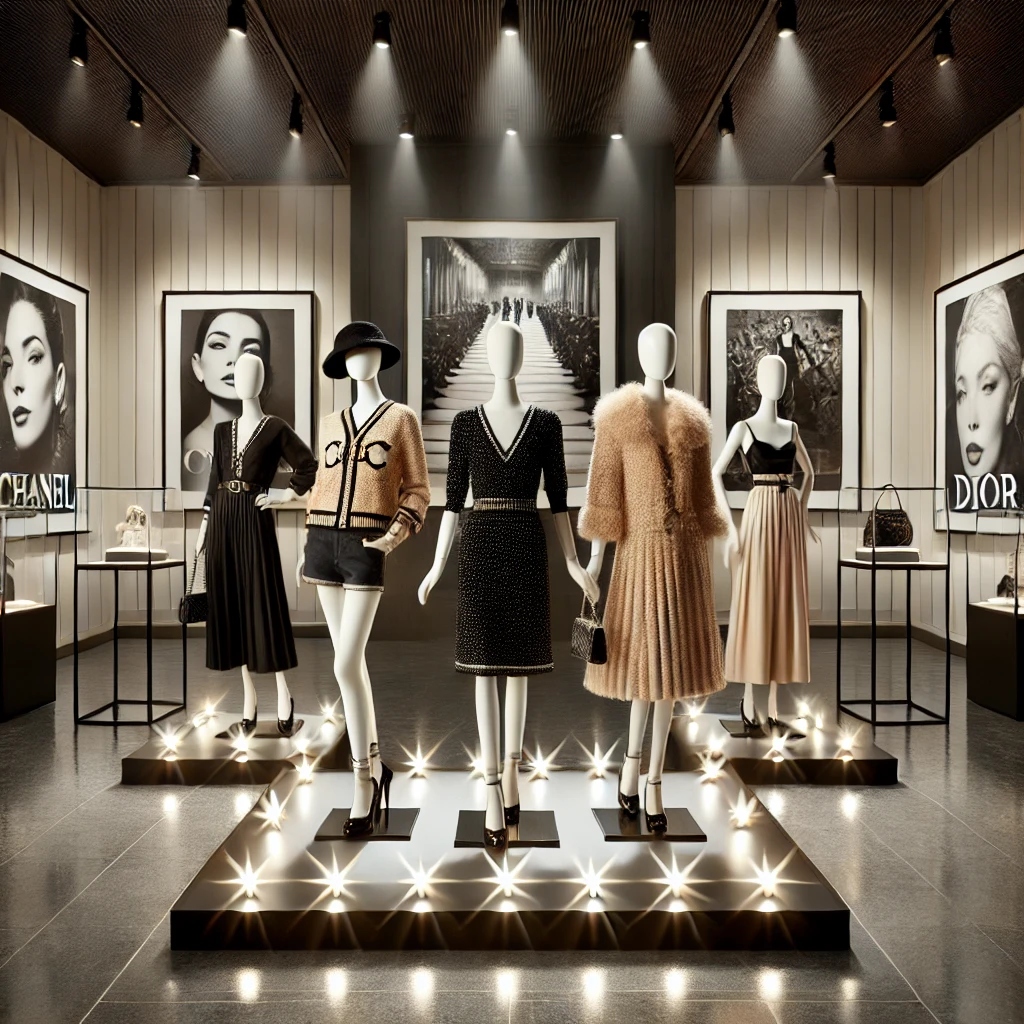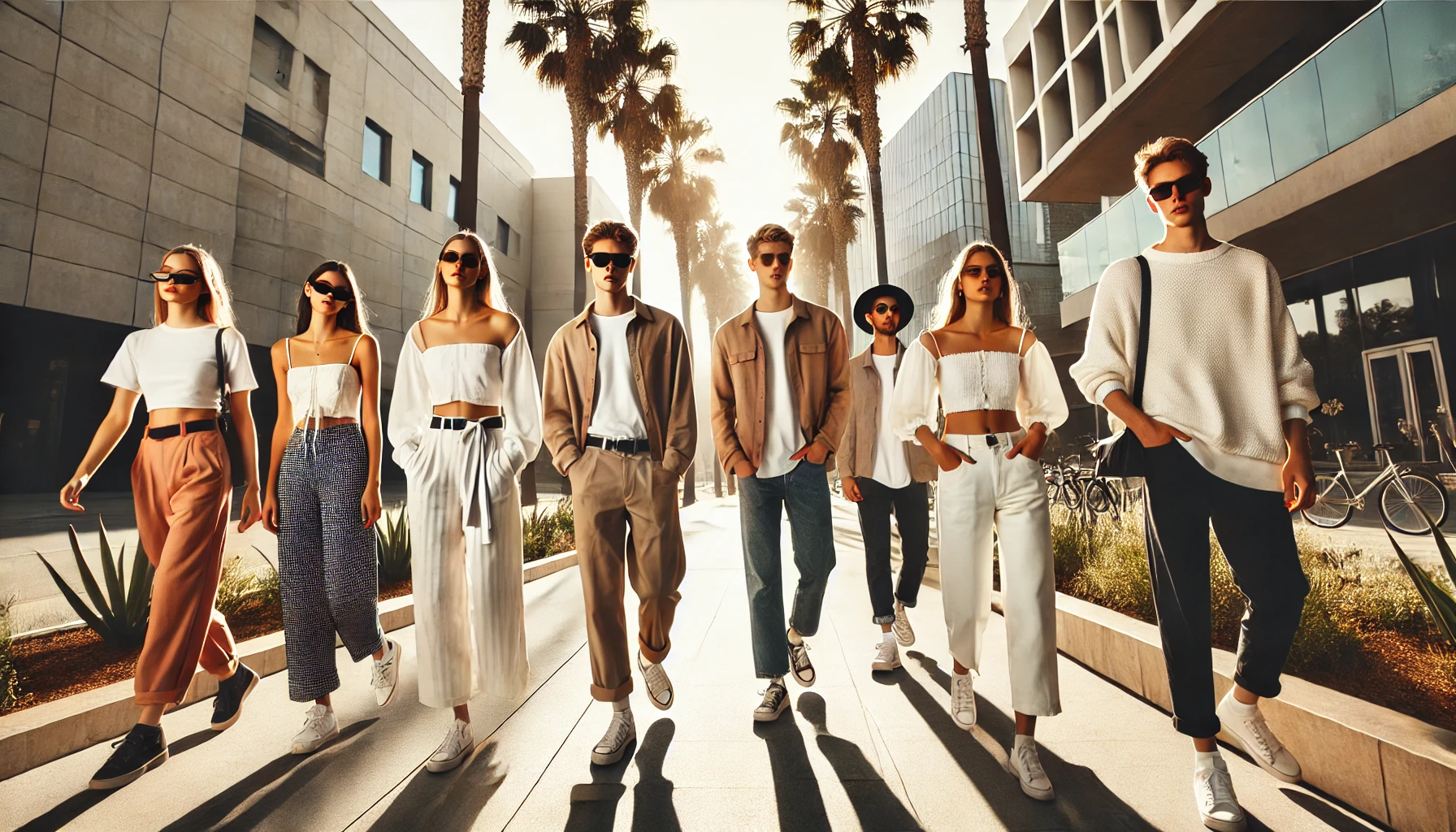Your basket is currently empty!

Fashion has long struggled with inclusivity. But in recent years, there’s been a clear shift: brands are not just recognizing cultural diversity, they’re actively embracing it — both on the runway and behind the scenes.
From casting models of different ethnicities and body types to collaborating with designers from underrepresented backgrounds, the industry is slowly becoming more reflective of the world it serves. This isn’t just a feel-good move — it’s a business imperative. Today’s consumers expect representation and authenticity.
Brands like Fenty, Pyer Moss, and Telfar have led the way. Fenty redefined beauty standards by launching 40+ foundation shades, while Pyer Moss uses fashion to tell Black cultural stories through bold, narrative-driven collections. Telfar’s slogan — “Not for you — for everyone” — says it all.
Luxury houses are also evolving. Dior’s Maria Grazia Chiuri collaborates with African artisans; Gucci has created diversity councils and tackled past missteps with genuine effort. Even runway casting has changed — it’s more global, inclusive, and less Eurocentric than ever.
But challenges remain. True diversity isn’t just about marketing — it’s about structure. Brands need to diversify their boards, design teams, photographers, and decision-makers to ensure change is systemic, not superficial.
Cultural diversity isn’t a trend — it’s a necessity. Fashion should reflect the richness of global identities, not just mirror a narrow ideal. The future of fashion is more inclusive, more human, and far more interesting.




